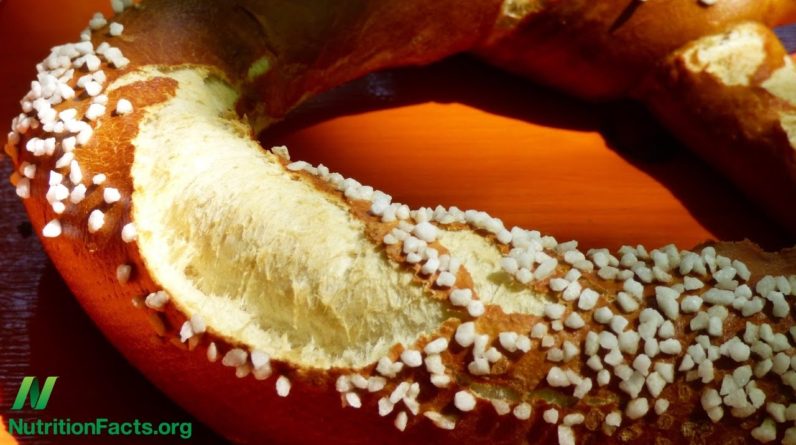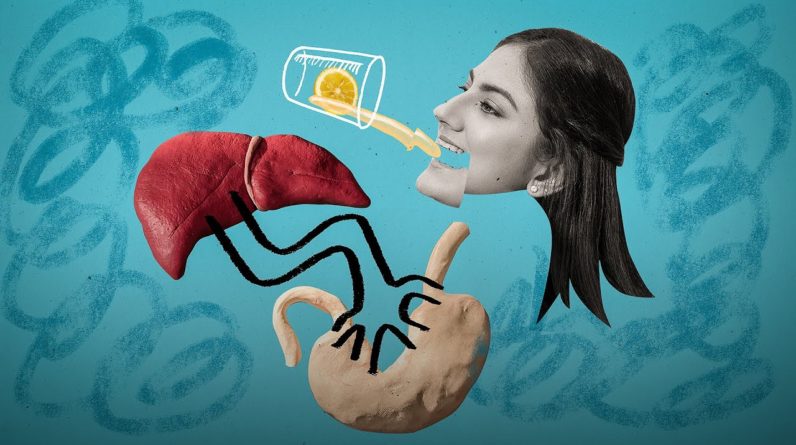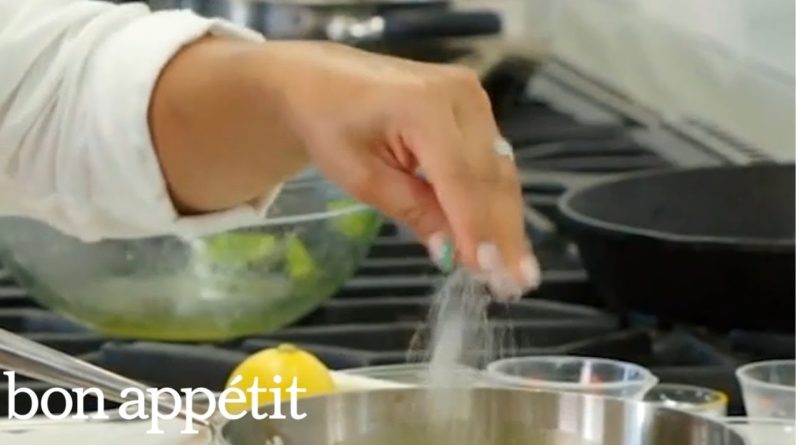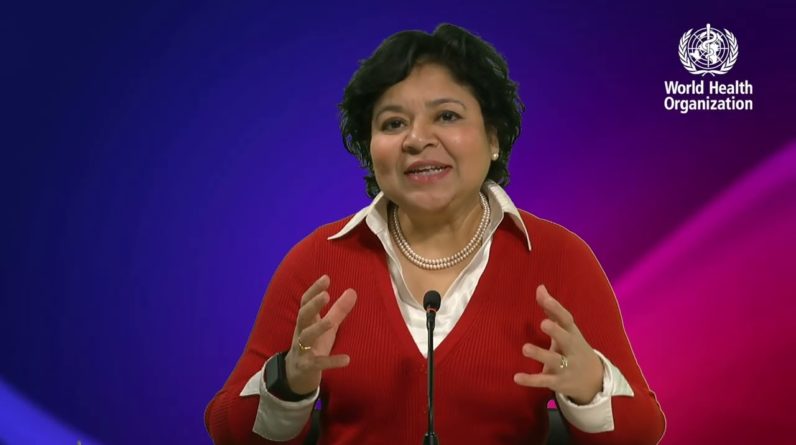
How much sodium (salt) can you eat? Sodium is a natural element found in your food. If you remember chemistry lessons from school, the symbol for salt is Na. Doctor, I didn't click on this video to take a chemistry class. You might even think that I hope it's worth all the salt with his advice. Just, bear with me.
Now the sodium we're really eating is salt. The chemical symbol for this would be NaCl, also known as sodium chloride. Salt consists of 40% sodium and 60% chloride. Unfortunately, much of the sodium we consume comes from processed foods and packaged foods. We also use good old table salt as a flavoring agent in restaurants and at home. According to the U.S. Food and Drug Administration: “Americans consume an average of 3,400 milligrams (mg) of sodium per day — nearly 50% more than the tolerable limit of 2,300 milligrams recommended by federal guidelines for people 14 years of age and older.” .
If you are interested in how this break down for each age group here is a graphic representation and website link. What happens if you eat too much salt? Let's take a look at 4 things that can happen to your body: 1) Your blood pressure rises: This is especially true if you already have primary hypertension or have been diagnosed with high blood pressure. If you are eating a lot of sodium, always remember that water follows sodium. This increases blood volume, so your heart has to work harder and the pressure in your arteries increases. If your blood pressure remains consistently high over time, you are at an increased risk of stroke, heart attack, and heart disease such as congestive heart failure. 2) If there is an excess of sodium in your body, your kidneys are affected. They will have a hard time getting rid of the extra sodium in your blood.
what happened after that? Your body retains more water and thus increases your blood pressure. Moreover, when you eat meals rich in sodium, you are prone to losing calcium in your urine, and you are also more likely to develop kidney stones. If you are interested in a video looking at kidney stones, click here. 3) Now if your kidneys are retaining water to compensate for the extra sodium in your body, your body is saying what to do with that extra water. Let me save it somewhere.
This happens when you usually see swelling in the ankles or legs. Sometimes, if the situation is more pronounced, the swelling will affect the upper extremities and face. This swelling is also called edema. 4) Excess salt intake can lead to osteoporosis. Osteoporosis is a bone disease in which bone density and bone mass decrease. This means that your bones are more fragile and have a higher risk of fractures. If you remember, I mentioned earlier in this video that excessive salt intake leads to a loss of calcium in the urine.
Calcium is important for building bones. Why is sodium important to your health? You have mentioned a lot of bad things about sodium. However, sodium is an essential nutrient. It plays an important role in regulating fluid balance in the body. Most of the sodium is found in your blood and in the fluids around your cells. Sodium also plays a key role in maintaining nerve and muscle function. How Much Sodium Should You Eat? Guidelines recommend that sodium intake should not exceed 2,300 mg (2.3 g) per day. In fact, some disease entities such as kidney disease or persistent high blood pressure recommend a lower intake: 1500 mg-1800 mg per day.
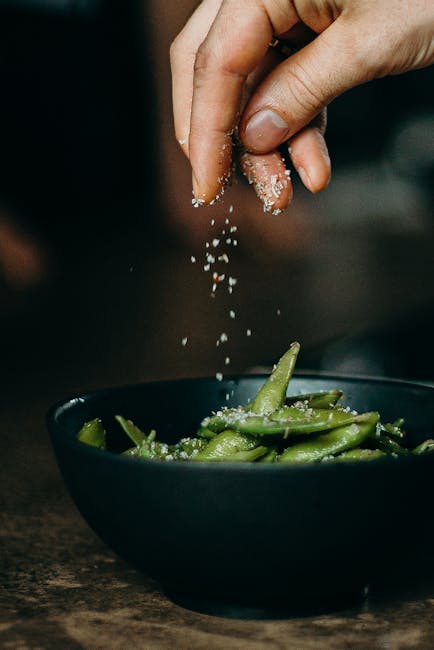
According to UptoDate.com, a peer-reviewed online journal for healthcare providers: “Switching from a high-sodium diet to a low-sodium diet can slightly reduce blood pressure in people with normal blood pressure. When sodium intake is reduced from 4,000 to 2,000 mg per day, blood pressure drops by 2 to 3 mm Hg (mm Hg).This reduction may be as high as 10 mm Hg over several years and can significantly reduce the risk of heart disease.” You may ask yourself what do all these numbers mean? How much is 2300 mg of sodium? That's about a teaspoon of salt. Unfortunately, as mentioned earlier in this video, the salt is disguised in the manufacturing process as a preservative , additive, or just to enhance flavor. I give you three examples where you will be surprised how much salt is in these foods. 3 ounces of roasted pork has 1,117 mg of sodium. Therefore, if you eat 6 ounces, you are already equal to the recommended daily amount of sodium. A large slice of pizza has about 765 mg of sodium, which is already a third of the recommended daily amount of sodium. Submarine sandwiches are popular in North America. A 6-inch sub with deli meats contains about 1,127 mg of sodium, which is about 50% of the recommended daily intake.
If you find value in this video, give this video a like and hit that subscribe button . What other examples of high-sodium foods should you be aware of: These might be the foods I'd include in your shopping list and only refer to as items you should probably avoid and not rub salt into your wounds. Soups, especially. Variety of burgers and snacks such as popcorn, chips, crackers, salad dressings, broths and broths canned vegetables, cooked cheese, frozen meals , sausage, bacon, hot dogs How can I reduce salt intake? 8 tips. Obviously, these tips I give you should take it with a grain of salt. 1- Reduce your portion size: If you eat less food, it means that you are consuming less salt.
2. Many of you probably add salt to your meal before eating, try to avoid this practice. (If you are interested in how to get rid of bad habits, leave a comment below and I can explore this as a topic in a future video) 3- Try increasing fruits and vegetables in your diet as they naturally contain less salt. 4- When eating out, you can order sauces or salad dressing as a side dish. 5. Try "rinsing" canned foods like beans before eating them. 6- Choose low-salt nuts or seeds as a healthy snack. 7- Instead of processed foods, choose fresh seafood or meat as an alternative. 8- Learn to read food labels and be aware of sodium content. Bonus tip: 9- Note that some medicines contain sodium bicarbonate. Examples include the use of Alka seltzer to burn the heart, and Zegerid used to help with indigestion. Increased production of stomach acid. What does no-salt versus low-sodium versus regular packaged foods mean? You will need to learn how to read food labels. If an item is advertised as very low in sodium, this means that each serving has 35 mg of sodium or less per serving.
Low sodium , for example, means 25% less sodium per serving than your usual sodium level. Sodium-free translates to less than 5 mg per serving. To make it clear here, here's an illustration of three examples: sodium-free vs. low-sodium vs. regular packaged foods for three different foods. For the sake of this illustration: • Serving size ½ cup • Servings per can 2 • We will be looking at free sodium 5mg, low sodium 140mg and regular pack 800mg per half pack • This means 1 cup is part of your meal if you have the free variety Sodium would be 10 mg, low sodium would be 280 mg and canned food would be 1,600 mg, so now you can tell how quickly sodium builds up in your meal if you don't pay attention to what you're eating.
If you are interested in other videos, click here or here Have a good day and think about your health. You should take the next missteps with a pinch of salt..


